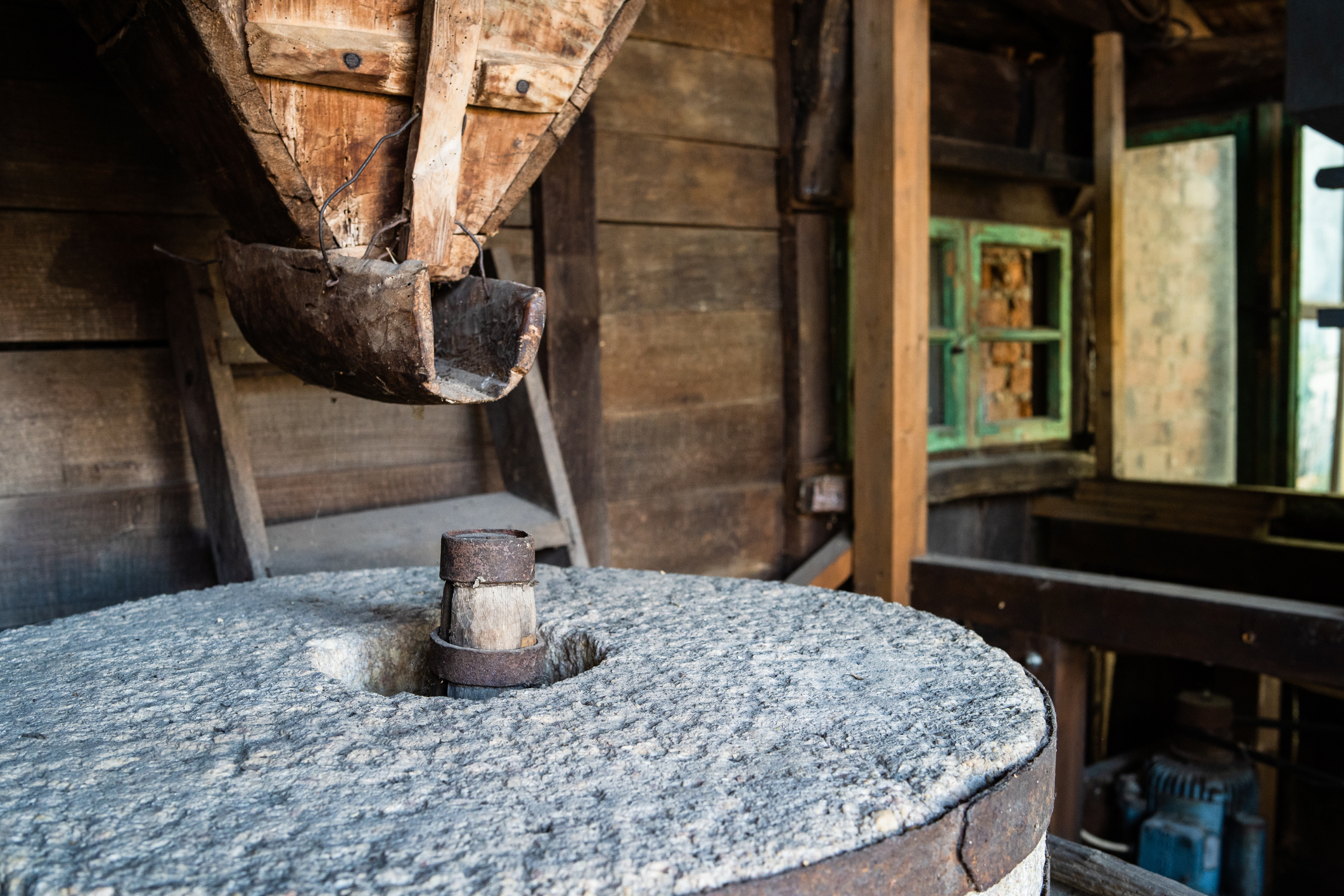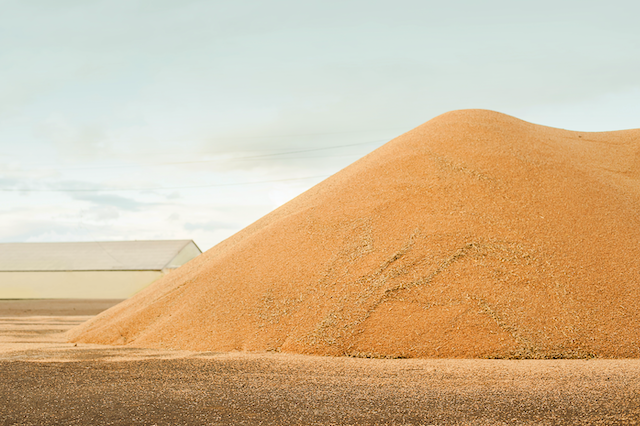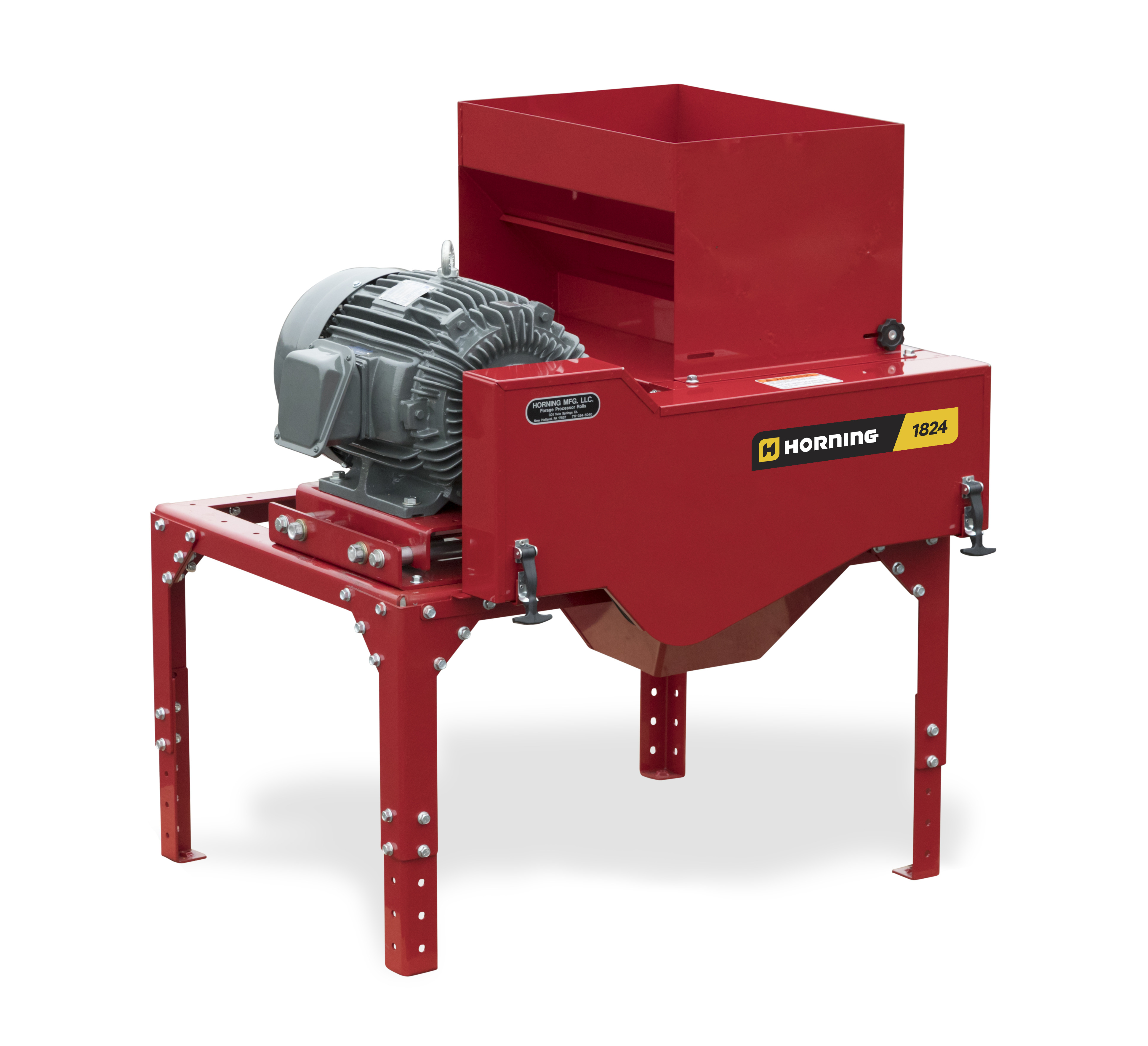Are you thinking of getting a mill for your farm or feed operation? You probably know something about hammer mills and roller mills, the two main kinds of mills. But it’s possible you are new to agriculture and aren’t familiar with these mills.
In this article, we’ll discuss them and talk about their advantages and disadvantages. Knowing these details will help you in your operation, and if you’re planning on buying a mill, this information will assist you in decisions that can improve your bottom line.

A short history of milling
People have been milling grain since the beginning of the world, so today’s mills have been thousands of years in the making. For millennia, grain was milled between two stones, typically turned by human or animal power. By the time of the Roman Empire, people had developed a way to use water for turning millstones.
Modern hammer mills first saw use around the early 1800s, followed by roller mills later in the century. Adding steam power made both kinds of mills more efficient. Today’s mills now run primarily on electric or internal combustion power.
Hammer mills
How a hammer mill works

Hammer mill pros
Hammer mills are pretty simple to operate and maintain. To get a different-sized product, you just have to swap out the screen to one with larger or smaller holes. If you need to work on the hammers, you can open the housing and replace a hammer or two. There’s no need to remove the cylinder itself.
Another benefit to hammer mills is that they are able to grind small grains or dry grains finer than a single roller mill. They can also process dry material quickly. In addition, the material they produce tends to have more rounded shapes and smoother surfaces, which makes them easier to blend with other products.
Hammer mill cons
Because of how hammer mills operate, they create a lot of dust, which can cause breathing problems for humans and animals. In addition, this dust, if it is allowed to accumulate in a confined space, has the potential to explode. (Many years ago, an explosion caused by heated grain dust destroyed a huge flour mill in Minneapolis.)
These mills also take more power to operate, and they create more heat and friction when they are operating. Another issue is that the screens that determine the particle sizes can get clogged, leading to downtime. This is most troublesome when grinding wetter materials.
Roller mills
How a roller mill works
The basic idea behind a roller mill is that two cylinders rotate in opposite directions and crush the material that flows between them. The size of the finished product is determined by how closely the rolls are adjusted. They can be run in double or triple sets as needed for a finer grind.

Roller mill pros
Roller mills have more consistent particle size (about 90%) than hammer mills. They also take less energy to operate and create less friction. This reduces the heat they generate, and the reduced heat, plus the reduced dust that they create, minimizes the health hazards of airborne particles and the possibility of explosions. Rolls are available in multiple tooth configurations and can be stacked as double or triple mills.
Roller mill cons
Roller mills, while not difficult to work on, are a little more complex than hammer mills. The rolls can last a long time, but when they do get worn down, they need to be replaced. Depending on the design of the mill, this can be a several-hour process. Due to the nature of these mills, it may be necessary to run material through them several times or have a double or triple mill to get the material to the same size that a hammer mill could produce on a single pass.

Choosing a mill for your operation
Having a mill on-site can be a very efficient way of producing feed. You not only eliminate the cost of transporting it, but you also have complete control over what your animals are eating, and you don’t have to worry about the costs of storing it.
Since we’ve explained the differences between the two kinds of mills, you probably already have a sense of which would work better for your needs. Generally, a roller mill will work best for grains like corn, wheat, barley, and soybeans for a consistent feed. They’re ideal for any grain with high moisture since they don’t have screens like hammer mills, which tend to clog with those grains.
We believe in the value of roller mills, and we have three mills that are meant to fit the needs of various operations. To learn more about roller mills from Horning, view our Roller Mill page.